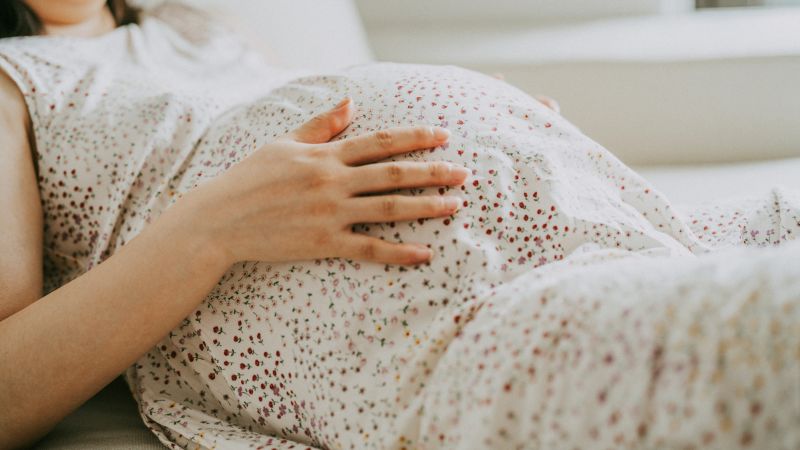In 2023 the fertility rate in the United States reached a historic low, with just 55 births for every 1,000 females aged 15 to 44. This marks a 3% decrease from the previous year, resulting in just under 3.6 million babies being born, a significant drop from the year before.
Since 2007, the number of births in the US has declined by 17%, with the general fertility rate also dropping by 21%. Experts attribute this decline to various social and economic factors, such as people getting married later, spending more time in school, and taking longer to establish themselves in stable jobs.
According to Sarah Hayford, director of the Institute for Population Research at The Ohio State University, people are waiting longer to have children and are more carefully weighing their decision to become parents. This shift has led to a decline in the fertility rate and the average number of children per family.
The CDC data also shows that births are now shifting to older mothers, with the highest birth rate among women aged 30 to 34. Additionally, the teen birth rate reached a record low in 2023, with just 13 births for every 1,000 girls aged 15 to 19.
In addition to these longstanding trends, the US has also seen a significant upheaval in reproductive care since the US Supreme Court’s Dobbs decision overturned Roe v. Wade and revoked the federal right to an abortion. This has had a significant impact on local birth trends, with states that have implemented abortion bans seeing higher fertility rates.
Overall, experts warn of a worrying trend highlighted in the new CDC report, as the percentage of pregnant women receiving late or no prenatal care has been increasing in recent years. Roughly 2.3% of pregnant women had no prenatal care in 2023, a 5% increase from the previous year, while nearly 5% of women received care only in their third trimester.



